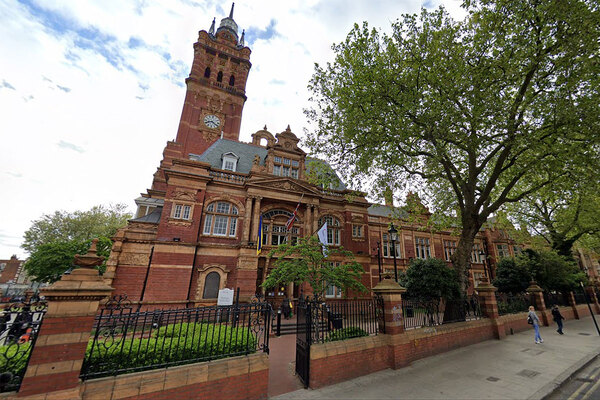You are viewing 1 of your 1 free articles

Councils are ready to resume their historic role as major house builders
Local authorities are perfectly placed to deliver a renaissance in housebuilding, but they need the government to give them the tools to do so, says Lord Gary Porter
Theresa May began the new year reiterating that it was her “personal mission” to tackle the housing crisis, and is reinforcing this through the newly named Ministry of Housing, Communities and Local Government.
While the country faces a number of challenges, not least Brexit, the shortage in affordable housing is one of the most pressing issues we face as a nation.
We have to go back to the 1970s for the last time the country built the number of homes it needed each year.
And crucially, 40% of these were built by councils.
At the Conservative Party conference in October, Ms May pledged to fix the country’s “broken” housing market by announcing £2bn to be spent on a “new generation” of council houses and affordable homes for rent.
“The government has accepted that councils must be part of the solution.”
For councils, this marked an important shift in the government’s housing vision, and showed that it had accepted our argument that councils must be part of the solution to our chronic housing shortage.
This was followed by the Autumn Budget, in which the chancellor set out how the government will build 300,000 homes every year. This included lifting the housing borrowing cap for some councils, but not all.
While this was an important recognition of our argument about the vital role councils must play in solving our housing crisis, it did not go far enough.
The Local Government Association (LGA), as the voice of councils, has repeatedly called for all local authorities to be given the freedom to borrow to build the additional affordable homes that will not be delivered by the market.
If the government really wants to achieve its ambition of 300,000 new homes a year, then it needs to ensure that all areas of the country can borrow to invest.
Alongside this, councils need to be able to keep 100% of receipts from properties sold through Right to Buy to replace homes and reinvest in new housing.
Councils are on the frontline of the housing crisis and dealing first-hand with some of its consequences, namely homelessness.
“For councils, homelessness is an all-year round challenge which is becoming increasingly difficult to manage.”
Homelessness was an issue that rightly attracted national media coverage over the festive period, when organisations drew attention to the tragedy some people face, of spending Christmas without a home.
But for councils, this is an all-year round challenge which is becoming increasingly difficult to manage and at risk of spiralling out of control.
To set this into some context, the LGA recently highlighted that councils are having to house an extra secondary school’s worth of homeless children each month over the past three years – an average of 906 additional children.
Right now, councils are housing 121,000 children with their families, a net increase of 37% since 2014.
In 2018 we expect homelessness will continue to increase as housing becomes less affordable as a result of rising rents and reduced welfare assistance.
Above: councils were building nearly 200,000 homes a year in the 1950s (source: English Housing Survey)
It is therefore crucial that government adapts the implementation of the welfare reforms to reduce homelessness. This should include lifting the freeze on Local Housing Allowance and relinking it with rents.
The start of the year also saw government listen to the LGA’s call for councils to be allowed to increase planning fees by 20%.
Councils have been able to charge the increase from 17 January.
Councils are doing all they can, and are working with communities to approve nine in 10 planning permissions.
But without additional resources, councils would be seriously hampered in their ability to process applications.
However, we want government to go one step further and allow councils to cover the cost of processing applications by setting fees locally, and we want to see an empowered, proactive planning system working with communities and partners to build attractive places as well as homes.
It is vital that planning departments have the tools and the resources to realise the government’s objective of speeding up the delivery of new homes, and to building positive and prosperous places where people want to live, work and play.
“We want government to go one step further and allow councils to cover the cost of processing applications by setting fees locally.”
Councils are ready and waiting to resume their historic role as major builders of affordable homes.
They are perfectly placed to lead the way and deliver a renaissance in housebuilding, and must be at the heart of any housing strategy.
Councils are builders of homes, planning authorities and placeshapers. They are agencies of growth, transport and infrastructure. They are guardians for the most vulnerable and homeless. And above all, they are locally democratic organisations answerable to local communities.
We now need government to give us the tools we need to get building.
Lord Gary Porter, chair, Local Government Association











